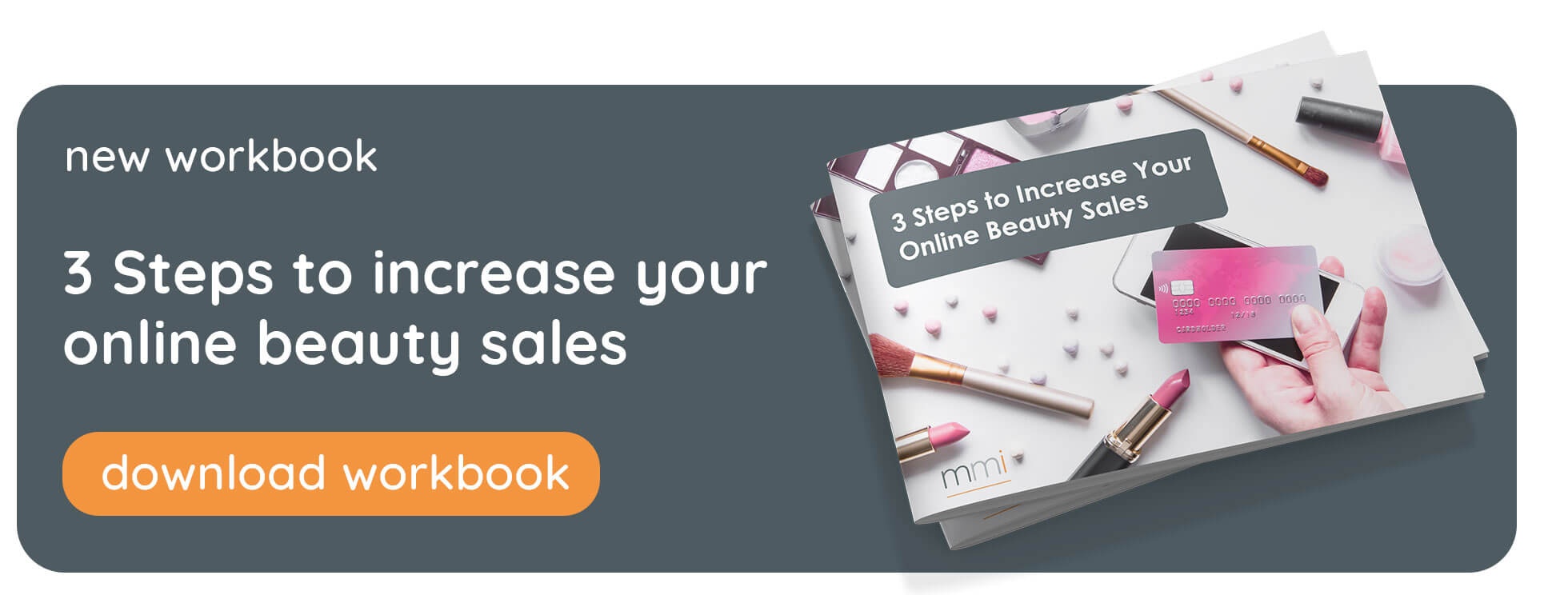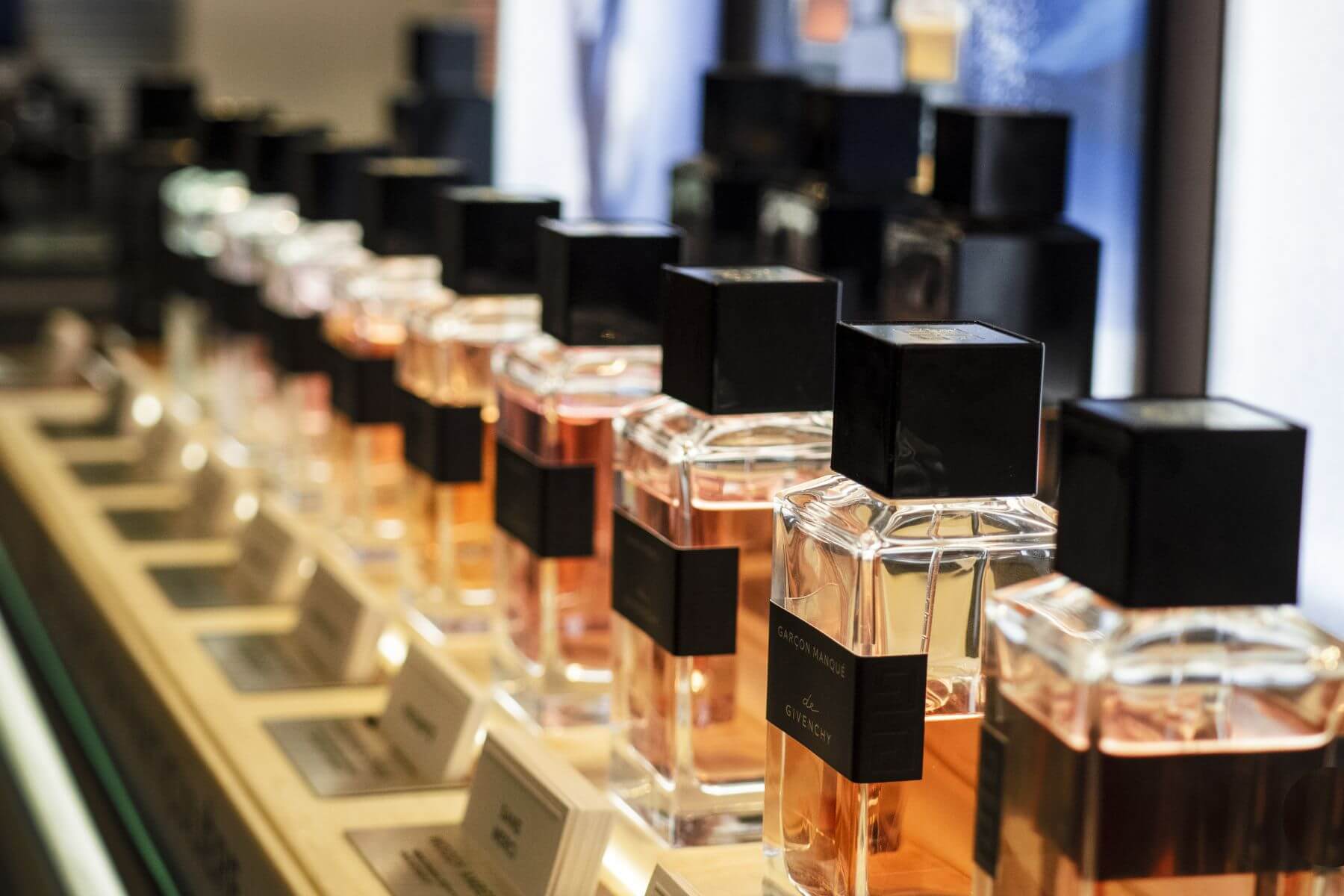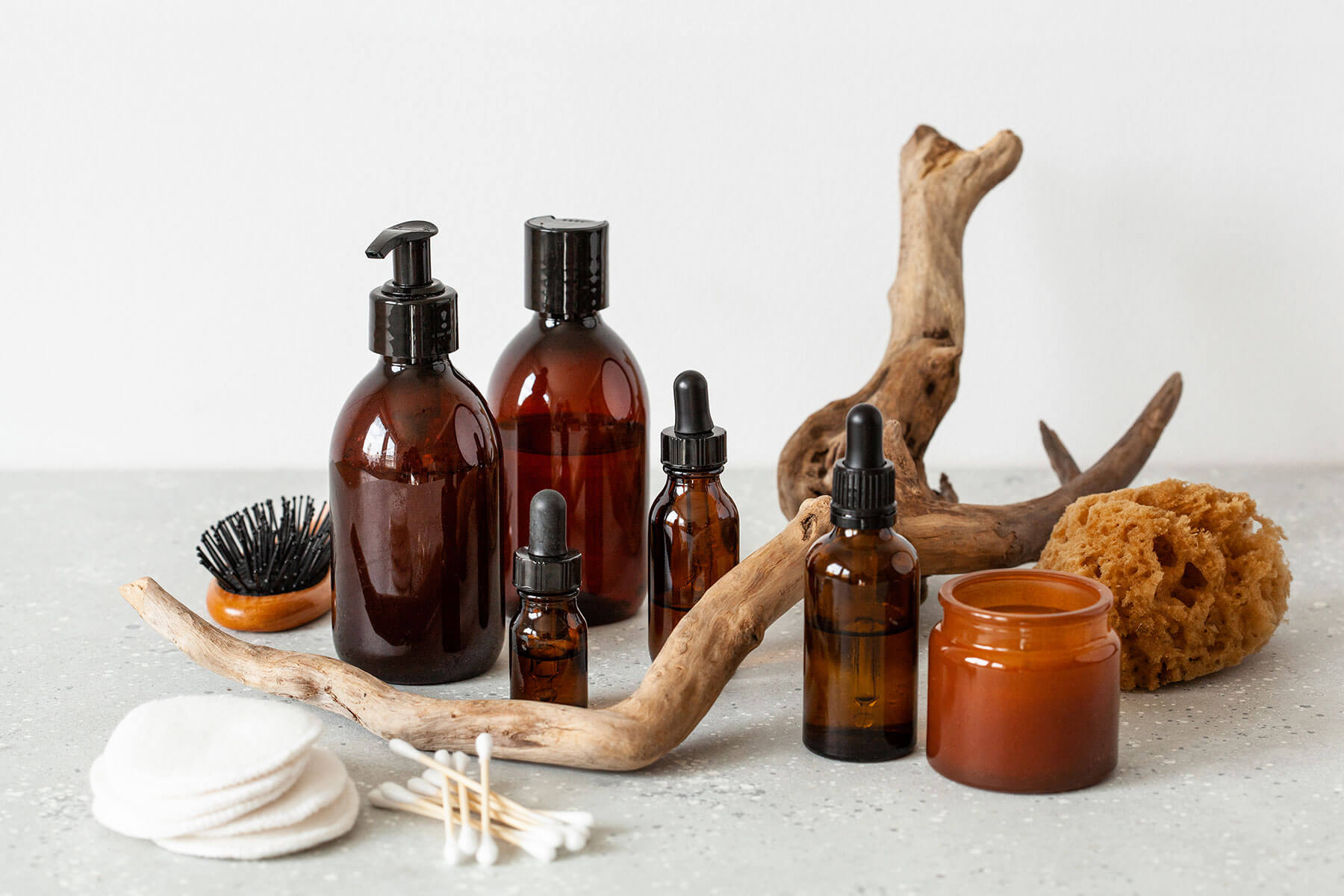The grey market is a growing problem in the beauty industry. In fact, cosmetics ranks as one of the top 10 most counterfeited items in the UK. From out-of-date fragrances to fake skincare, unauthorised sellers are harming brands in irreversible ways. Not only are they skewing your revenue, but they’re damaging your brand equity, too.
Shifts in the digital customer journey are allowing these sellers to thrive, as thrifty shoppers turn to Google, Amazon and eBay to hunt down the best deals. At this point, grey market sellers are able to disrupt the path to purchase, tempting consumers with deep discounting on seemingly legitimate websites.
However, because you haven’t authorised these sellers, they won’t feed into your P&L. Plus, if the shopper has a poor experience, the reputation of your brand could be tarnished. Customers don’t always know if a seller is authorised or not, so if they receive faulty products, there’s a strong chance they will believe your brand is to blame.
It may feel like fixing this problem is outside of beauty brands’ control, with illegal operations proving tricky to track back to the responsible individuals. However, there are ways you can shut down unauthorised sellers, which will help to retain your brand’s revenue and value. Here are two key routes to put a stop to fraudulent sales...
Protecting Your Beauty Brand On Amazon
Amazon has fast become one of the biggest beauty etailers in the world, giving shoppers a wide array of products to shop, and rewarding them with Prime delivery. However, while more and more brands are signing up as official sellers on the site, it’s also possible for unauthorised sellers to infiltrate the system.
It’s important to note that Amazon strives to stamp down on unauthorised sales, and the platform is liable under existing EU law if they have knowledge of the sale of grey market products. As such, they act quickly in response to complaints of counterfeit and unauthorised products. So, how do you identify the sellers to flag? Follow these three steps:
- Leverage a technology solution that notifies you when your products appear on Amazon. mmi marketPROTECT lets you know every time one of your key SKUs is added to the site.
- It may be the case that there are numerous unauthorised sellers offering your products at a discount. Take note of the prices (including shipping charges) to identify the worst offenders first. It is also important to check reviews to see if they’re having an impact on brand equity. If you see complaints for gone-off skincare or damaged bottles, you might want to tackle these sellers first.
- Once you have created a priority list of sellers to shut down, our tool will provide you with the seller's name, parent company (if relevant), company registration number and country of registration. You can then pass these details over to Amazon and your legal team, which will kickstart the process of preventing sales and protecting your brand.
Protecting Your Beauty Brand On Other Unauthorised Sites
Unauthorised sellers are prevalent on marketplace sites, such as Etsy and eBay, but well-established etailers and retailers have also been known to stock products without permission. In the US, Unilever's Dermalogica sued supermarket chain Target for selling unauthorised skincare, which may have been procured by a grey market practice known as diversion.
Often, diversion happens when diverters obtain products from distributors who have authorised contracts with brands or manufacturers, but then redistribute them to channels where they’re not supposed to be sold. In three steps, you can put a stop to such activity, ensuring your product portfolio is only available where and when you want it to be.
- Use a tool to identify key unauthorised retailers in your market, and monitor their stock of your leading lines. When your product appears, you will be ready to act. Take note of how much lower the sale price is compared to the recommended retail price.
- Purchase one of the products and check the batch number once it arrives. This will allow you to see where the etailer sourced the product, so you can shut down their supply. You may even discover that the product is counterfeit.
- Cut off supply where necessary, and pass the seller’s information over to your legal team. You’ve now taken the necessary steps to protect your brand from the grey market.
Bonus tip: There are instances where the grey market etailer may present lucrative opportunities for your brand. They could be of high quality, with a substantial customer base. If this is the case, you can take the opportunity to authorise the partnership, which allows you to work collaboratively on promotions and price discounting in future.
Up next: discover five ways beauty brands should be using data to reach their objectives.




